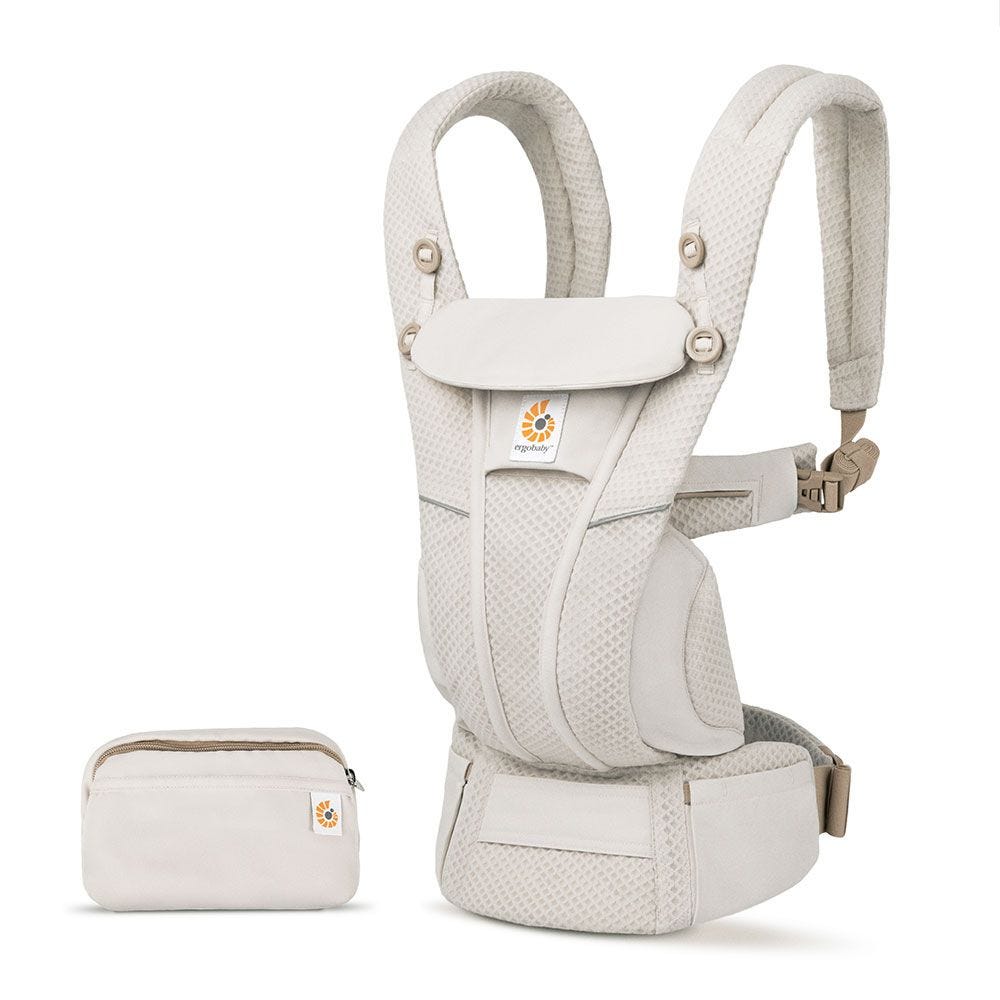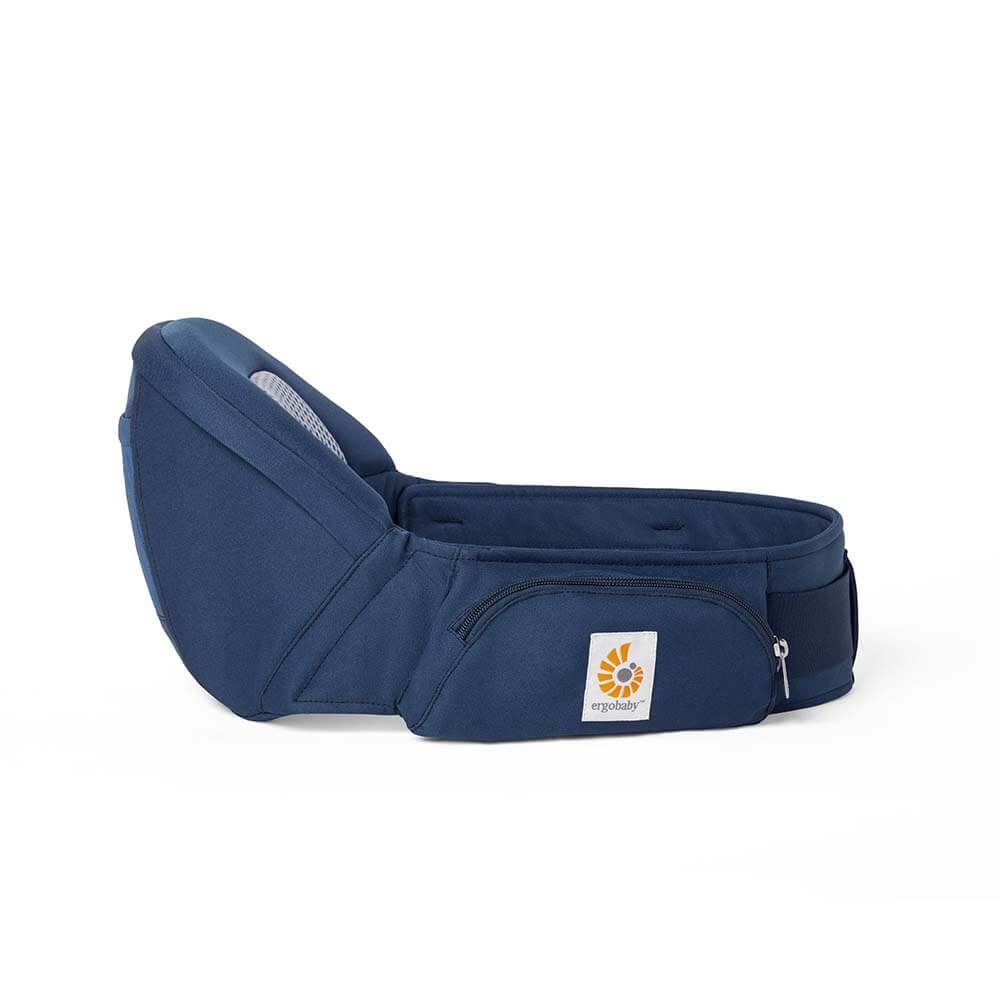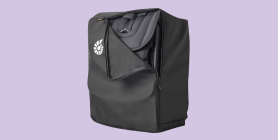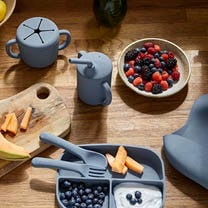
“When can baby sleep in their own room” is a question baby and child sleep specialist Gemma Coe hears often. Today she’s sharing her expertise on moving your little love into their own room.
Some parents are eager to have their room back to themselves and others not so much! It’s a big step – for you and for them – and while it might feel like a practical change, it also raises important questions about sleep safety, emotional readiness, and what’s actually right for your family. So here’s what you need to know…
What the safe sleep guidance says about when baby can sleep in their own room
The Lullaby Trust and NHS recommend that babies sleep in the same room as their parents for at least the first six months. This is based on evidence that room-sharing reduces the risk of Sudden Infant Death Syndrome (SIDS). Some families choose to room-share for longer, which is also completely fine – it’s about balancing safety, sleep quality, and emotional readiness.
There’s no strict cut-off, but from six months onward, you can consider transitioning your baby to their own room if you feel they (and you) are ready.
Signs your baby might be ready to sleep in their own room
There’s no magic formula, but a few signs that your baby may be ready for their own room include:
-
They’re sleeping longer stretches at night
-
They can self-settle (even if they still need help now and then)
-
They’re becoming more aware of their surroundings and easily disturbed by your movements or noise (remember you can wake them, as well as them waking you!)
-
You’re ready to give it a try
And even when you observe one or more signs remember every family is different, and this isn’t a milestone to rush. If your baby is still waking frequently or going through a leap or regression, it may be better to wait a little longer. For example, my son Charlie had multiple health issues and we just couldn't have guaranteed his safety if he moved away from us, so he was with us for about 10 months until his health improved.
Making the transition smooth
If you’ve decided the time feels right, here are some tips to make the move go as smoothly as possible:
- Spend time in their new room during the day
Start with naps or playtime in the nursery so it doesn’t feel unfamiliar at bedtime. Familiarity brings comfort. And comfort is of course important for associating a space with calm and therefore sleep. - Stick to a predictable routine
Whatever your bedtime routine looks like – bath, book, cuddle, bed – keep it consistent. Routine and predictability is incredibly grounding for babies (and us as adults!) and signals that sleep is coming, no matter where they’re sleeping. - Consider a gradual transition
If the move feels like a big leap, start small. Try naps in their room first, or even start bedtime in their cot but move them back to your room when you go to bed. You can also stay in the room (camping out on a blow up) next to them for the first few nights while they settle in their new space. - Create a safe sleep environment
With any new sleep environment, and perhaps a change to their sleep space such as an upgrade from a side sleeper to a ‘big cot’, it’s wise to revisit safe sleep guidance.
- Always place your baby on their back for sleep
-
Use a firm, flat sleep surface (a cot mattress that meets safety standards)
-
Keep the cot clear of loose bedding, toys, and pillows
-
Maintain a comfortable room temperature (16–20°C) and dress your baby in appropriate tog rated sleeping bags and clothing layers rather than using blankets
Common worries (you’re not alone)
It’s completely normal to feel a little wobbly about moving your baby into their own room – especially if it means relying on a baby monitor rather than your own ears. It can take a few nights to a couple of weeks for everyone to adjust. Honestly, most parents are usually so in tune with their baby that they hear them from across the hall regardless of a monitor!
Some parents find they sleep better once their baby is in their new room; others realise they miss the closeness. There’s no one-size-fits-all answer here – it’s about what works for you, your baby, and your sleep.
Also - it always surprises me how many parents don’t ‘go back’. If you try it for a few days and it doesn’t work out - that’s fine! Just go back, wait a few weeks and try again. ‘Going back’ is ok! This is the same for lots of sleep transitions like dropping naps, moving out of a cot or from a sleeping bag to a duvet. Go in with a ‘trial’ for a few nights and then decide if you want to commit.
Room-sharing alternatives
Not quite ready for full separation? That’s okay. Some families opt for a floor bed or camping mattress (for them to sleep on, next to baby’s cot) in the baby's new room during the early stages of transition, so the parent can stay close until the baby is more confident in their new sleep space.
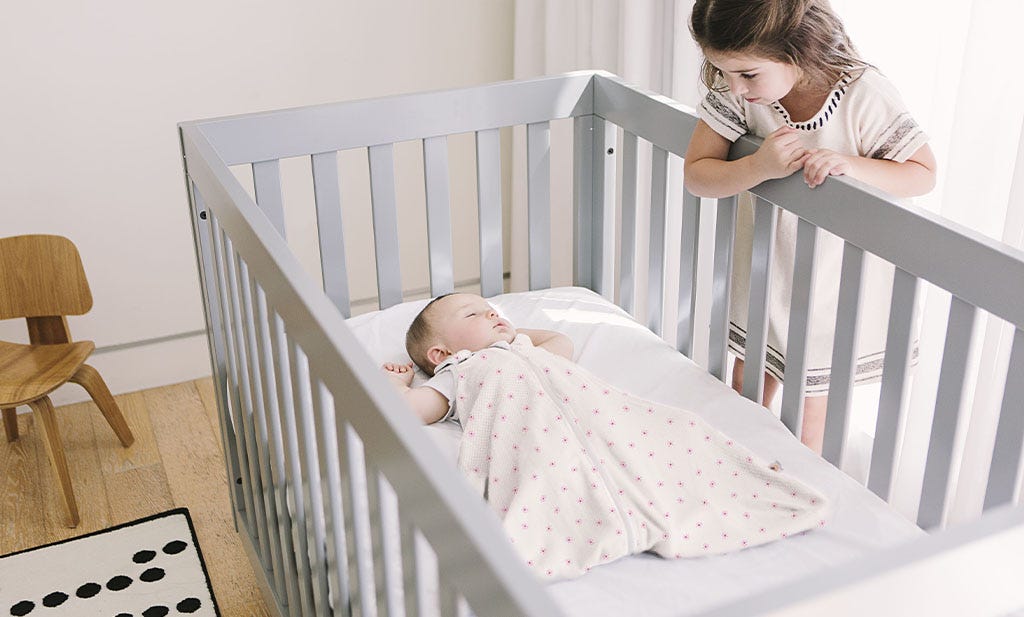

Final thoughts about moving baby to their own room - Trust Your Gut
When planning for baby to sleep in their own room then just remember to stick to the safe sleep guidance, keep things gradual, and tune in to your baby’s signals. There’s no need to rush the move, and equally, no shame in doing it when it feels right for your family. Trust your gut instinct, take a ‘trial’ mindset and review in a couple of days time!
Gemma Coe, is a child sleep specialist and author of Newborn Sleep Foundations. Alongside her 1:1 consultations and courses she regularly blogs about all things sleep. You can find her at www.childsleepspecialist.co.uk and on Instagram @childsleepspecialist.
Emotional Benefits of Getting Outside
Spending time in nature with your baby can strengthen the bond between you. The simple act of holding your baby close, feeling their warmth, and sharing new experiences together can create strong emotional connections. It’s also a wonderful way to reduce stress and improve your mood. When my littles were extra fussy, I’d take a walk around the neighborhood. Even though I don't live in an area with trails and surrounded by nature, simply behind outside changed everything. A little vitamin D does wonders!
Cognitive Development
Nature is a sensory wonderland for babies. The different sights, sounds, and smells can stimulate your baby’s senses and promote cognitive development. Watching leaves rustle, hearing birds chirp, and feeling the texture of a tree bark can all contribute to their learning and development.
Safety Tips:
- Proper Positioning: Ensure your baby is seated correctly, with their legs in an "M" position and their head should be close enough to kiss.
- Checking for Wear and Tear: Regularly inspect your carrier for any signs of damage.
- Ensuring Adequate Support: Make sure the carrier provides proper support for your baby’s head and neck.
Exploring Nature with a Baby Carrier
Ideal Spots for a Nature Walk with Baby
- Parks and Gardens: Great for leisurely walks and picnics.
- Nature Trails and Forests: Perfect for more adventurous outings.
- Beaches and Lakesides: Wonderful for enjoying the water and sand, with the right carrier.
Activity Ideas
- Hiking: Enjoy a scenic hike with a hiking baby carrier that offers support and storage.
- Bird Watching: Use your carrier to keep your baby close while you explore and observe wildlife.
- Picnics: A carrier can free up your hands, making it easier to carry picnic supplies.
Advantages of Using Strollers for Nature Adventures
While baby carriers are fantastic for mobility and closeness, depending on the adventure of choice you might want to be a stroller along too.
There are a LOT of baby stroller options on the market. So we understand how confusing it can be to choose the one that’s right for your family. Not only are there a variety of brands, but a variety of strollers that serve different purposes.
There are a few types of strollers on the market:
- Full-sized stroller: This is typically the stroller parents thing of buying for all its versatility.
- Lightweight or umbrella stroller:These compact strollers are perfect for on-the-go adventures.
- Jogging stroller: Designed for parents who want to combine fitness with outdoor adventures.
- Double stroller: Designed for parents with multiple kids, especially twins.
- Car seat carrier: These strollers connect to a specific car seat. We don't typically recommend these as they can be unsafe for baby and uncomfortable for parents who are pushing.
Learn more about the types of strollers and which one would be best for you.
Benefits of Bringing a Stroller
- Storage Space for Gear: Ample room for carrying all your essentials like a diaper bag, beach toys and more.
- Shade and Weather Protection: Built-in canopies to shield your baby from the sun when they are lounging.
- Options: If you have more than one kid, you can stroll with one and carry the other. Or, if you’re getting warm or your little one is getting fussy, you can switch up their position from stroller to carrier or vice versa.
Safety Tips for Strollers
- Ensure your stroller is in good working condition. Make sure buckles are still buckling and that there are no rips or holes that could compromise your baby’s safety.
- Use sunshades or bug nets to protect your little one’s skin.
- Securing the baby properly: always buckle up your baby for safety even if you think they are old enough to go without the buckle.

